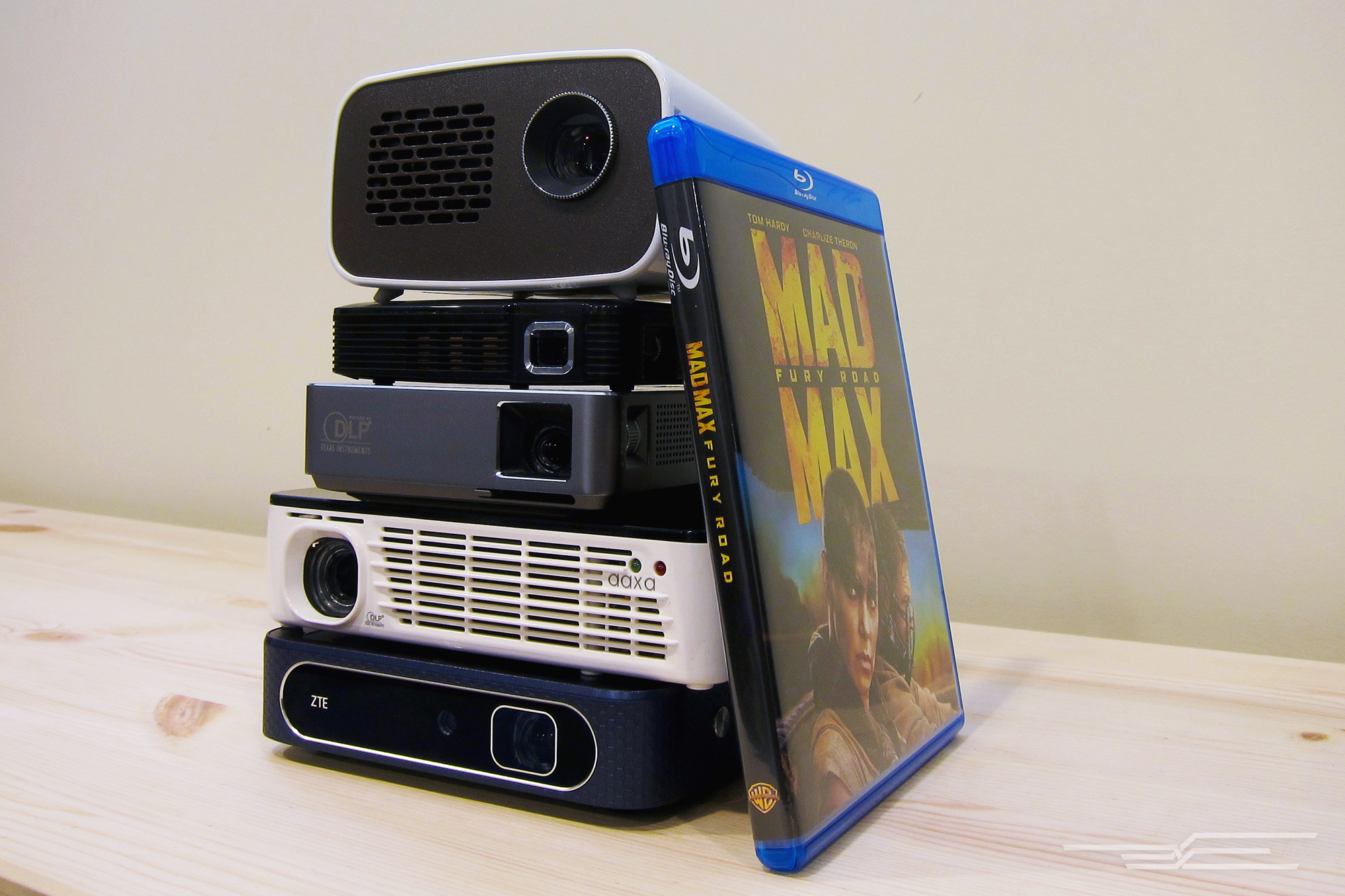
Pico projectors are swell, but they're not wildly popular. Very few smartphone manufacturers can find a way to embed them into devices without making them incredibly thick and expensive, and without sucking the battery dry in no time at all -- the Samsung Galaxy Beam comes to mind regarding all of the above concerns -- and carrying around a separate accessory is just plain impractical and expensive. (Plus, most devices can wirelessly mirror content onto TVs and monitors anyway, making the actual market even more limited.) But what if you could find a clever way of incorporating it into another useful accessory while keeping it small, simple and inexpensive? Well, we're not sure about the latter qualification, but Alcatel OneTouch is at least keeping an eye on this niche with a new docking station that doubles as an aforementioned pico projector. It's a prototype accessory that's compatible with the OneTouch Hero, thanks to its set of magnetic docking contacts on the back -- all you have to do is clip it on and the phone recognizes that it's been attached. The projector is 12Lm, which is a little dimmer than we'd prefer (we were told that the final product may actually be brighter than this, but they can't confirm for now), and the company claims it can show a screen larger than 70 inches.
Company reps tell us that this nameless accessory isn't officially coming onto the market just yet, and they're trying to determine how best to proceed (the Hero's press release suggests that this for sure will be available later, however, so we'll take it with a grain of salt at the moment). It's a clever idea that could come in handy for a number of business travelers who need to carry on impromptu presentations, but price (of both the projector and the phone itself) will be a key factor in its success. Check out a few images below that show off the prototype in all its miniature glory.
%Gallery-slideshow79658%
Follow all of our IFA 2013 coverage by heading to our event hub!
Filed under: Cellphones, Peripherals, Mobile
Comments
 By Chris HeinonenThis post was done in partnership with The Wirecutter, a buyer's guide to the best technology. Read the full article here.After 45 hours of research and hands-on testing with five models, we found the best pico projector is the AAXA...
By Chris HeinonenThis post was done in partnership with The Wirecutter, a buyer's guide to the best technology. Read the full article here.After 45 hours of research and hands-on testing with five models, we found the best pico projector is the AAXA...
 By Chris HeinonenThis post was done in partnership with The Wirecutter, a buyer's guide to the best technology. Read the full article here.After 45 hours of research and hands-on testing with five models, we found the best pico projector is the AAXA...
By Chris HeinonenThis post was done in partnership with The Wirecutter, a buyer's guide to the best technology. Read the full article here.After 45 hours of research and hands-on testing with five models, we found the best pico projector is the AAXA...



























